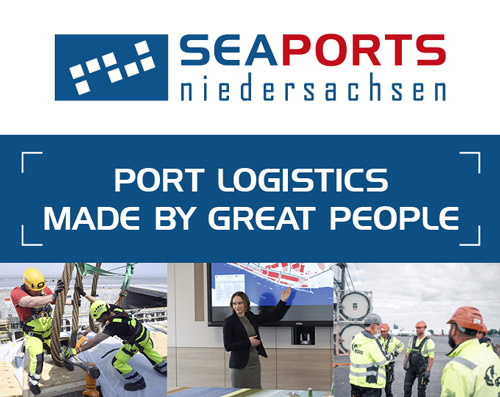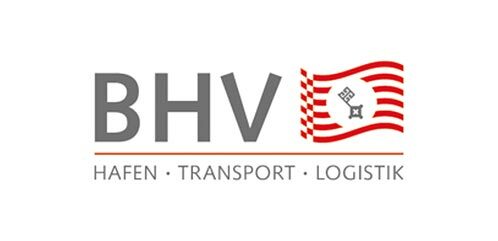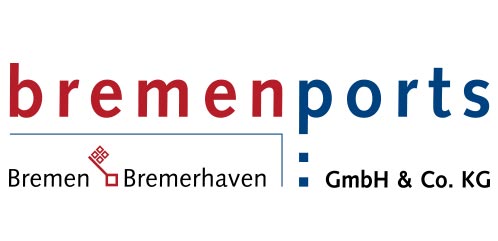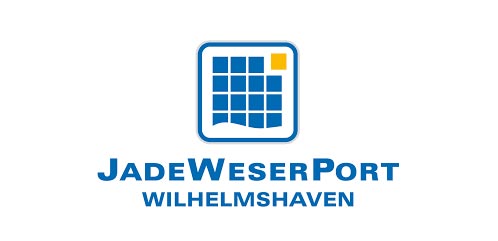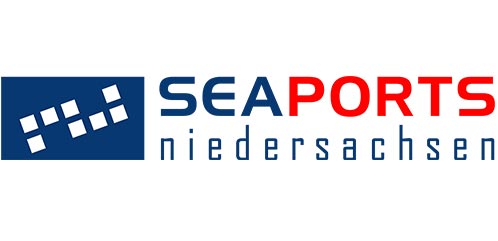According to the “Traffic Forecast 2040” presented in October 2024, traffic in Germany will grow significantly by 2040, especially in the freight sector. The Federal Ministry for Digital and Transport Affairs (BMDV) estimates that transport volume will increase by around a third compared to 2019 – from 689 to 905 billion tonne-kilometres. This development will also pose numerous challenges for the infrastructure of the ports in the hinterland. Nevertheless, strategies and projects are already in place that integrate lorry, rail and land waterway transportation in different ways.
Significant data on traffic development in the hinterland is provided in the “Market Observation Report on Freight Transport – Container Transport on Inland Waterways and Rail Freight Transport in Germany”, published last year by the Federal Logistics and Mobility Office (BALM). According to the study, container transport by rail rose from just under 4.2 million TEU in 2005 to around 7.7 million TEU in 2022 – an increase of around 85 per cent. At the same time, the volume of containers transported by inland waterway increased from around 2.1 million TEU in 2005 to just under 2.6 million TEU in 2017, before falling to just under 2 million TEU in 2020. This meant that the transport volume of containers on German waterways in 2022 was around 6.6 per cent below the 2005 level.
Interesting conclusions can also be drawn from the “Market Observation Report on Freight Transport – Opinion Survey on Combined Transport” online survey published by BALM at the beginning of 2025. Among other things, it shows that companies already actively using combined transport (CT) have a more positive attitude towards it than companies that have not. Respondents highlighted CT’s strengths in terms of its climate and environmental friendliness, yet – at the same time – it was perceived as inflexible, costly and unreliable. We come full circle, as it were, with the “Traffic Forecast 2040”, which shows the following trends for each individual mode of transport. Indeed, rail freight transport will see the strongest growth (up 35 per cent), lorries will remain the dominant mode of transport and increase by 34 per cent, while inland waterway transport will decline.
Gemini Cooperation could set a positive spiral in motion
“Hinterland transport has been much more stable than transshipments in recent years,” explained Sönke Maatsch, Project Manager at the Institute of Shipping Economics and Logistics (ISL) and expert in ports and maritime transport chains, with these developments in mind. “This is mainly due to the good rail links to the hinterland, which give Germany’s ports a decisive market advantage in many regions, including over the ARA ports.”
In light of this, he believes that there is “virtually no alternative” to rail transport on long and medium distances. However, rail transport is also increasingly being tested for shorter distances of up to 300 kilometres. “Lorries are more flexible locally,” said Maatsch. “But the more attractive that alternatives are offered by rail in terms of price and operation, the more market participants are willing to consider this option. The vulnerability of the rail network, as well as the closures of various rail corridors as part of the general overhaul, is also very painful for freight transport,” he continued, rubbing a little more salt in the wound. “The future of the railway will largely depend on the successful and rapid renewal of the infrastructure.”
However, he is looking very optimistically towards JadeWeserPort and the Gemini Cooperation between Hapag-Lloyd and Maersk, launched in February 2025. “If the volumes announced do actually reach Wilhelmshaven via the joint liner service, this could set a positive spiral in motion for the hinterland there,” stated Maatsch confidently. He also sees a positive trend where Bremerhaven is concerned. “Compared to other sites, inland shipping as a mode of transport has increased its market share there in recent years,” he stressed. As regard shifting transport to rail and inland waterway vessels, however, he distances himself from rigid targets. “Politicians have set a framework with CO₂ pricing, the effect of which is becoming increasingly visible, but where there are insufficient volumes, bundled transport cannot develop,” he continued.
“We need all modes of transport”
How do politicians assess the current situation regarding hinterland connections? “A strong economy needs strong transport routes,” said Olaf Lies, Minister for Economic Affairs, Transport, Construction and Digitalisation of Lower Saxony. “Our ports are the gateway to the world – but they can only work if the connection to the hinterland is right.” Based on this premise, significant steps have already been taken as part of the 2030 Federal Transport Infrastructure Plan, but a long-term strategy that focuses equally on roads, railways and waterways must now follow. “More capacity in the rail and road network, more efficient port connections and better networking with the major economic regions – these are the levers for a future-proof infrastructure,” he added.
“We need all modes of transport,” Lies continued. “Besides rail and waterways, this also includes good road connections. This is crucial, not only for national transport but also for regional transport and the last mile. The current review of the German government’s requirements plan confirms my view once again, as we’ll see further massive growth in freight transport in particular. And we also need to press ahead with important infrastructure projects such as the A20 and A39 motorways.” On the railways, however, Lies calls for better funding programmes, faster bridge renewals, modern interlocking technology, additional sidings and consistent electrification of the lines. He also identified areas where inland waterway transport can be improved. “Inland waterways are the only mode of transport with spare capacity,” he outlined. “We need to expand the inland ports, create more turning facilities and modernise the locks, in order to use this mode of transport more efficiently and further develop it as a climate-friendly alternative.”
Lower Saxony has already successfully charted several successful courses in this regard. “The expansion of the offshore berths in Cuxhaven, the renovation of the large sea lock in Emden, and the planned expansion of both the northern port in Stade and the LNG terminals in Wilhelmshaven and Stade are examples of investments in a strong port infrastructure,” Lies explained. At the same time, Lies is certain that the ports in Lower Saxony fulfil all the requirements for becoming the central logistics hub for European trade and the energy supply of the future – and sees the federal government as having a duty in this regard. “Our ports are taking on a key role in the climate transition as well as ensuring the competitiveness of our business location,” he continued. “This is why our government must also play its part by investing in the ports themselves and in resilient hinterland port connections. It’s of strategic, national interest.”
Multimodality is key
Strengthening the infrastructure in the hinterland is also at the top of Bremen’s political agenda. Multimodality with a clear focus on rail transport is key here. “We’re continuously investing in the further development of Bremen’s port railway so as to continuously increase the already leading share of rail in hinterland transport in the future,” said Kristina Vogt, Bremen’s Senator for Economic Affairs, Port and Transformation. She highlighted two particular projects here. “With an investment volume of 56.1 million euros,” she added, “capacity at Speckenbüttel station will be increased and the infrastructure adapted to the growing requirements. At the same time, DB InfraGO AG is carrying out a comprehensive modernisation programme for high-performance corridors. Both projects converge in the Bremen-Bremerhaven corridor.” She clearly welcomes the fact that the route to Bremerhaven is high up on the railway’s refurbishment list – but the implementation must be plain. “Freight and car trains must not experience significant accessibility restrictions to our ports during the construction period.”

“Good rail connections to the hinterland give Germany’s ports a decisive market advantage.”
Sönke Maatsch, Project Manager at ISL
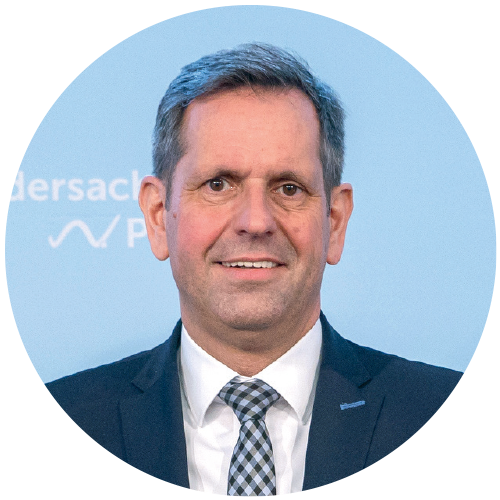
“The ports and resilient hinterland port connections are of national interest.”
Olaf Lies, Minister for Economic Affairs, Transport, Construction and Digitalisation of Lower Saxony (as at 1 May 2025)
An asset that Bremen can leverage
“Bremen’s ports have first-class connections to the hinterland,” emphasised Robert Howe, Managing Director of bremenports. “This is not only due to the port railway, for which bremenports maintains a well-developed rail infrastructure with around 200 kilometres of track. This is an asset we can leverage,” he added. Besides the terminal capacity expansion at Speckenbüttel station Kristina Vogt spoke of, he also mentions the terminal operator EUROGATE, which has built a new combined transport facility in Bremerhaven, soon to be followed by a second. “More than half of all containers in hinterland transport reach or leave our ports by rail,” he continued. “In the RoRo sector, in fact, a good 80 per cent of all vehicles that piggyback on rail wagons in hinterland transport to or from the ports of Bremen.”
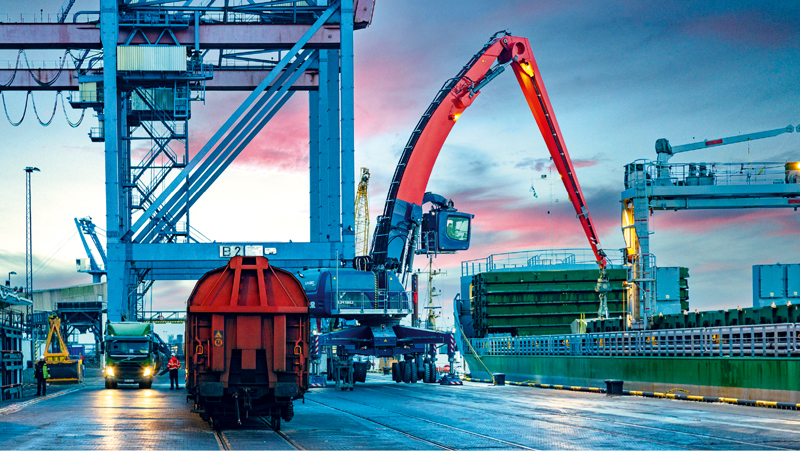
A lot is also happening on the roads and waterways of Germany’s smallest state. Last year’s port tunnel opening and the expansion of Cherbourger Strasse, for example, significantly improved road connections to the hinterland of Bremerhaven’s Überseehafen. Similar progress is now imminent in Bremen. Roughly a kilometre-long motorway tunnel is being built there that will lead the A281 motorway under the Weser. Due to be completed in 2029, this structure will close the motorway loop around Bremen, not only providing a further bypass on the way to Bremerhaven, it will also be the first connection for lorries and cars between Bremen’s industrial and port areas on both sides of the Weser. Where water is concerned, the environment surrounding the Stromkaje quay in Bremerhaven represents a real locational advantage. “While, elsewhere, dredging to create appropriate water depths for large ships has to occur regularly and with much more interference in the environment, this effort is significantly less in Bremerhaven,” explained Howe. “This is because, as an ebb-flow river, the Weser simply returns a large proportion of its sediment to the North Sea naturally. The planned deepening of the Outer Weser, which we hope will be completed soon, will improve the connection even further and ensure that the ports in Bremerhaven remain competitive in the future.”

“We’re continuously investing in the further development of Bremen’s port railway.”
Kristina Vogt, Bremen Senator for Economic Affairs, Ports and Transformation
Implementing politically difficult decisions
Michael de Reese, Chairman of the Lower Saxony Seaports Working Group and Head of the Rhenus Port Logistics Division, one thing is certain. “A port that can’t be reached – whether by water or by land – won’t be able to compete,” he stated categorically. He continued, emphasising his belief that one of the top priorities over the next few years is to expand and maintain the seaport hinterland traffic in Germany in line with demand. “The ports in Lower Saxony are well positioned and well connected for this step. Nevertheless, there’s still a considerable need for action,” de Reese clarified, not just looking at the Hunte Bridge near Elsfleth or the as yet unelectrified railway line between Cuxhaven and Stade.
For him, the expansion of the A20 and A26 motorways are important infrastructure projects that will significantly improve the German North Sea ports’ hinterland connections and the road links between the Lower Weser and Lower Elbe business areas. On the railways, he also identified considerable strain on the routes in the triangle between Hamburg, Bremen and Hanover, which is why he hopes the “Alpha-E” project will be completed quickly. “The German rail network is at its limit,” he stated. “The general refurbishment of the main transport routes is an important step but Deutsche Bahn won’t be able to manage without new lines.” He continued, shifting focus to inland shipping. “We have numerous options for transport by water – on the Elbe, Weser and Ems. Here, it’s particularly important to ensure that the locks remain functional.”
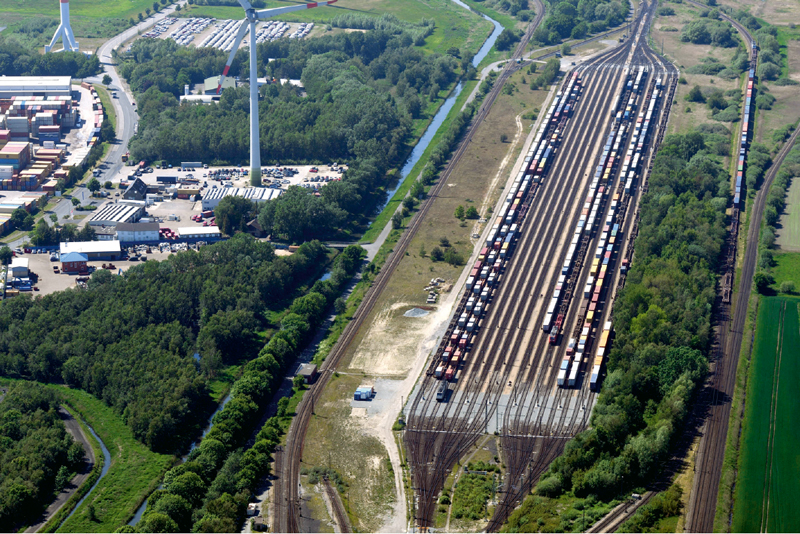
Regarding the ongoing dredging of the Weser and Ems, de Reese is also clear when he says that these are decisions that are difficult to implement politically. “However, the port industry isn’t a hobby or a mast we’ve simply nailed our colours to … it’s a national task.” Accordingly, he also expects financial support from Berlin and draws attention to the developments in our neighbouring countries – the Netherlands, Belgium and Denmark. “There, the interests of the ports are already firmly anchored in their DNA. In Germany, we’re not quite there yet, unfortunately. But the National Ports Strategy is an important step in the right direction.” Regardless, de Reese criticises how long it takes to put good maritime strategies into practice in Germany. “The timeframes required for decision-making processes are definitely too long and no longer in keeping with the times,” he concluded. (bre)
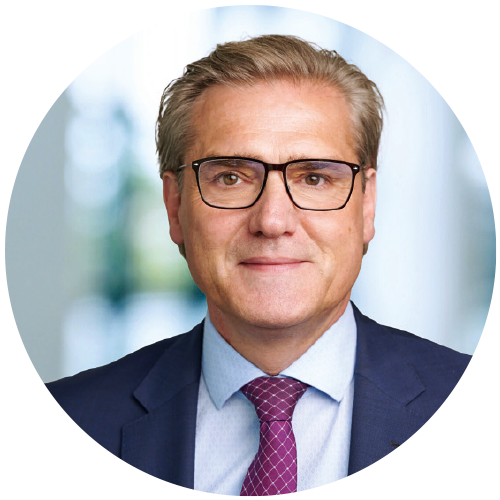
“Bremen’s ports have first-class connections to the hinterland.”
Robert Howe, Managing Director, bremenports
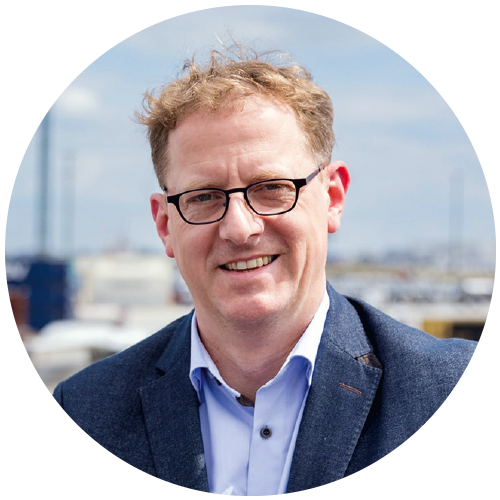
“There, the interests of the ports are firmly anchored in their DNA.”
Michael de Reese, Chairman of the Lower Saxony Seaports Working Group

